On the Inauguration of the Global Girmitya Lineage Archive & Searching Centre, GGLASC, Bishanpur, Madhubani, Bihar India
Introduction
The inauguration of the Global Girmitya Lineage Archive & Searching Centre (GGLASC) in Bishanpur, Madhubani, Bihar, marks a historic milestone in the collective journey of the descendants of the Girmityas in living India and oversees. This joint venture was initiated by Chandan Kumar Singh, son of Binod Kumar Singh, grandson of the freedom fighter Mahavir Singh in good cooperation with Dr Shardhanand Harinandansingh, grandson of Kishundayalsingh Harnandan Singh, who left Bihar in 1896 as indentured laborer to Surinam. He could never return to home.
As his descendant, I am deeply honored to contribute to this noble initiative, which aims to reconnect torn-apart families, archives, documents, histories, and to create awareness of the indentured labour system with the colonial impact that profoundly shaped the socio-cultural fabric of the Indian diaspora. This centre will serve as a beacon of knowledge, a repository of resilience, and a tribute to the millions who endured great hardships to build new lives worldwide. Notably, Girmitiyas’ descendants are a minor category under the Indian diaspora.
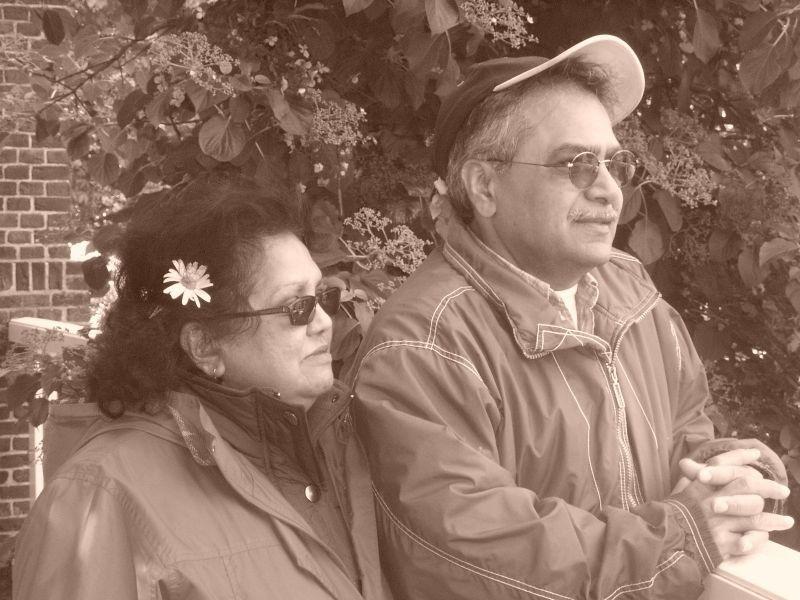
The Girmitiya Legacy
A Personal Reflection My own ancestry traces back to the indentured labourers who left India during British colonial rule, embarking on arduous journeys to Suriname. Their stories of courage, perseverance, and cultural preservation continue to inspire generations. The indentured system, often described as a new form of slavery, subjected these migrants to extreme exploitation and suffering. Yet, amidst these adversities, they cultivated rich traditions, fostering unique cultural syncretism in their adopted lands while maintaining deep-rooted connections to their Indian heritage.
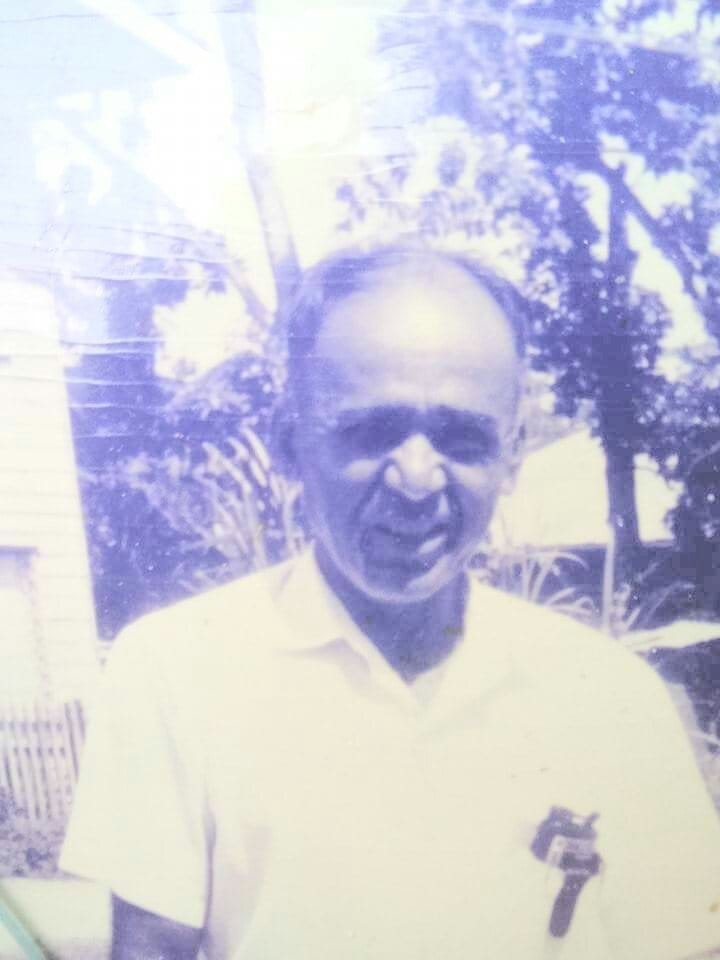
Born and growing up in Suriname and the Netherlands as a scholar and advocate for cultural preservation, I have dedicated much of my academic work to exploring the Girmitiya experience. I have sought to highlight the importance of sustainable interculturalism, advocating for policies that honour the historical legacies of migration and the contributions of the descendants of indentured labourers. My research and writings have consistently emphasised the need for intergenerational transmission of history, ensuring that future generations remain aware of their past while forging new paths of unity and progress.
After years of cooperation with scholars and professionals of Gírmityas’ descendants globally, I finally got digitally involved with the young Indian man Chandan Kumar Singh. He is an X-generation descendant of the famous freedom fighter King Prithvi Raj Chauhan, a ruler living in the 12th century in the great united Bharata. The father of this young prince is a socially involved Maharaj Shree Binod Kumar Singh, the son of the freedom fighter Shree Mahavir Singh Ji during the British colonial oppression in the pre-independent time of the Indians in their land.

GGLASC’s mission aligns with the broader global efforts to document and digitize migration histories. It will offer scholars, descendants, and cultural enthusiasts a platform to collaborate, exchange ideas, and deepen their understanding of the indentured past. Preserving historical documents, oral histories, and archival material will ensure that the sacrifices and triumphs of the Girmityas are never forgotten.
Historical Context of the Indentured System
The indentured labor system, initiated by the British in the early 19th century, resulted in the migration of over two million Indians to various colonies, including Fiji, Mauritius, Guyana, Suriname, South Africa, and the Caribbean. These migrants, often recruited under deceptive promises of prosperity, were subjected to gruelling labour conditions on plantations.
Despite the hardships, the Girmityas played a pivotal role in shaping the economic and cultural landscapes of their new homes. They introduced Indian agricultural techniques, traditional cuisines, and religious practices, which have become integral to the cultural identities of these regions today. The abolition of the indentured system in the early 20th century marked the beginning of new struggles for rights and recognition, culminating in the vibrant and resilient diasporic communities we see today.
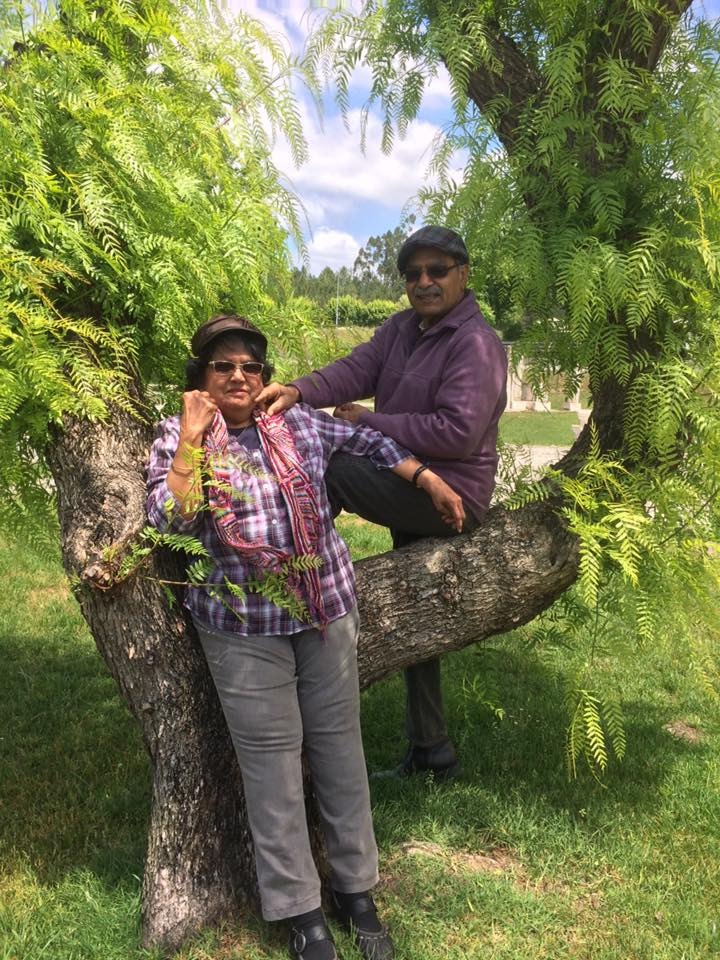
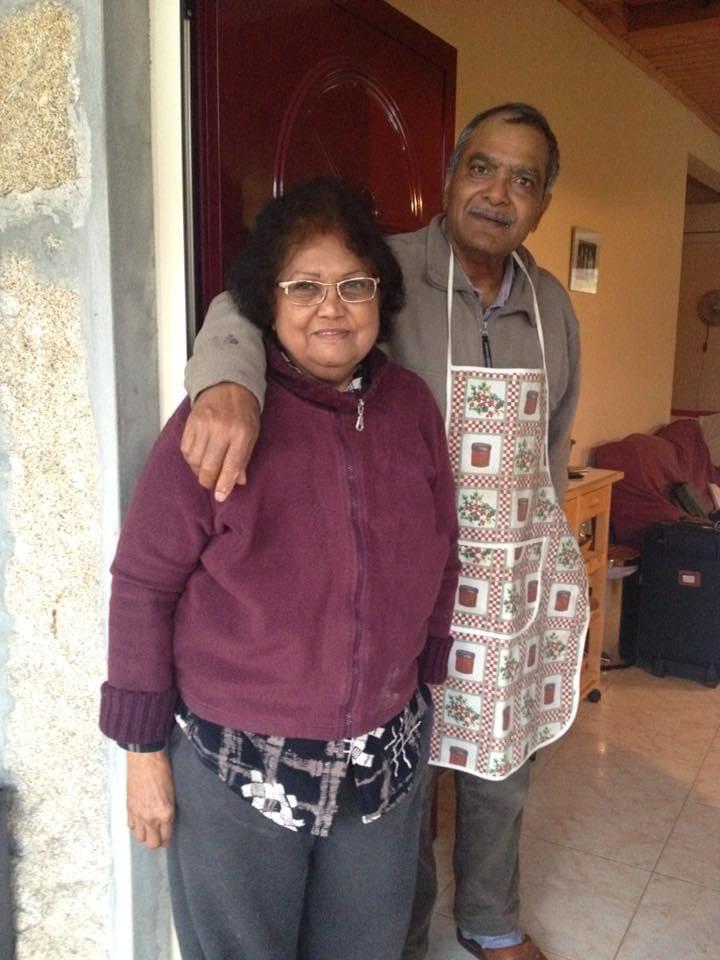
A Vision for the Future
As we inaugurate GGLASC, we must also look ahead to the future. The centre’s role in creating awareness through media, universities, and scholarly exchanges will be instrumental in shaping global narratives on migration, displacement, and identity. We must continue to educate younger generations about their heritage, instilling in them a sense of pride and responsibility toward their ancestral legacies.
The Girmitiya diaspora must also engage in meaningful collaborations with governmental and non-governmental organisations to advocate for the recognition of indentured labor history in national and international curricula. By integrating these narratives into mainstream education, we ensure that the struggles and contributions of our ancestors receive the acknowledgment they deserve.
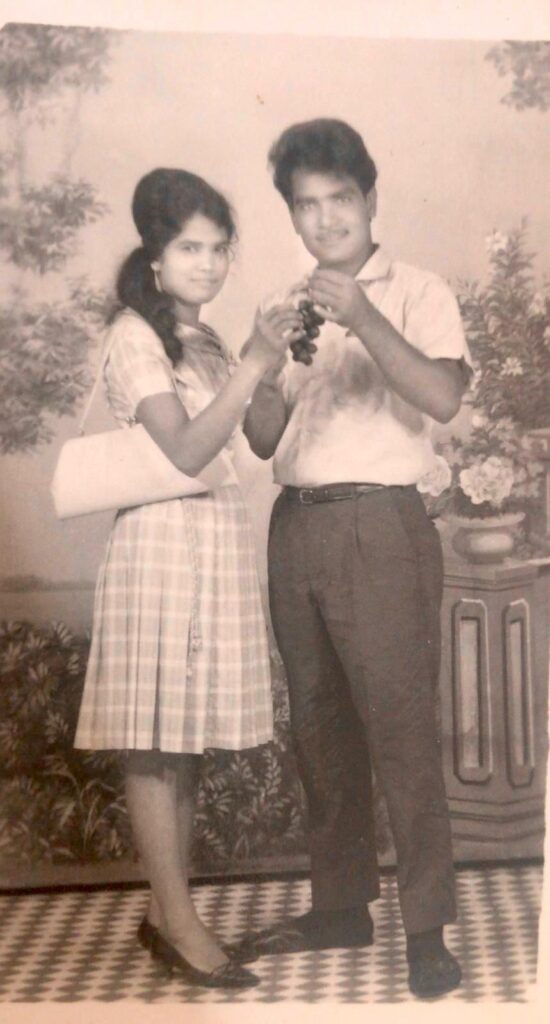
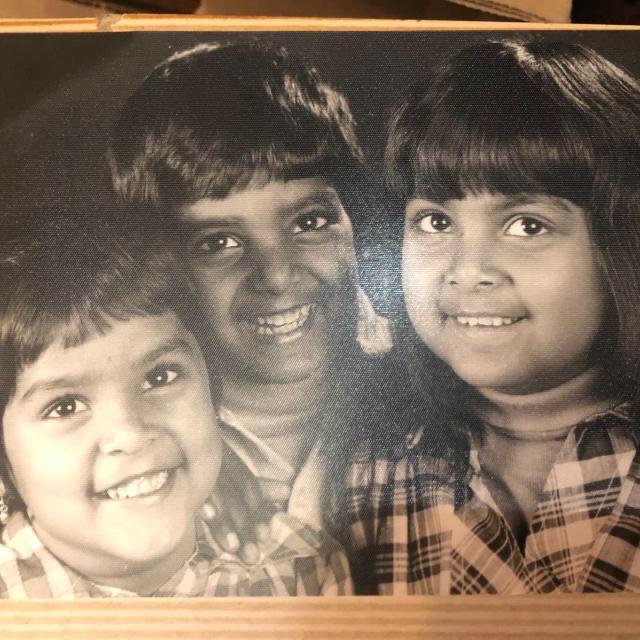
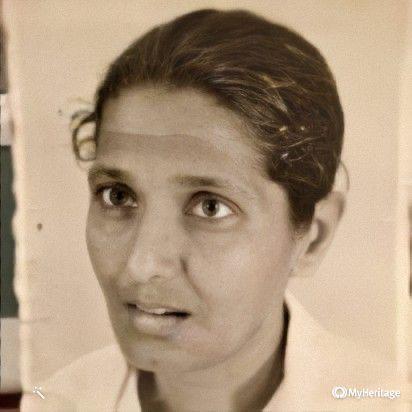
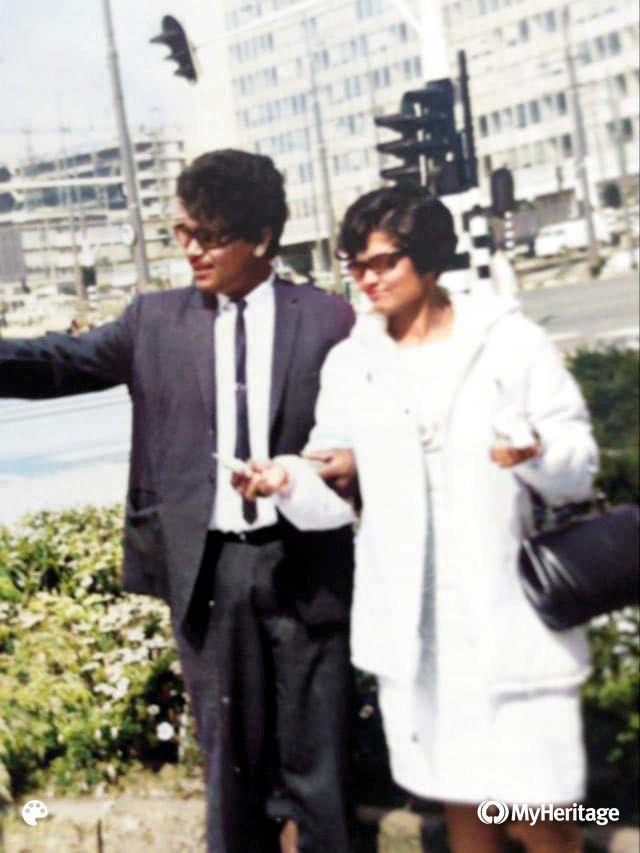

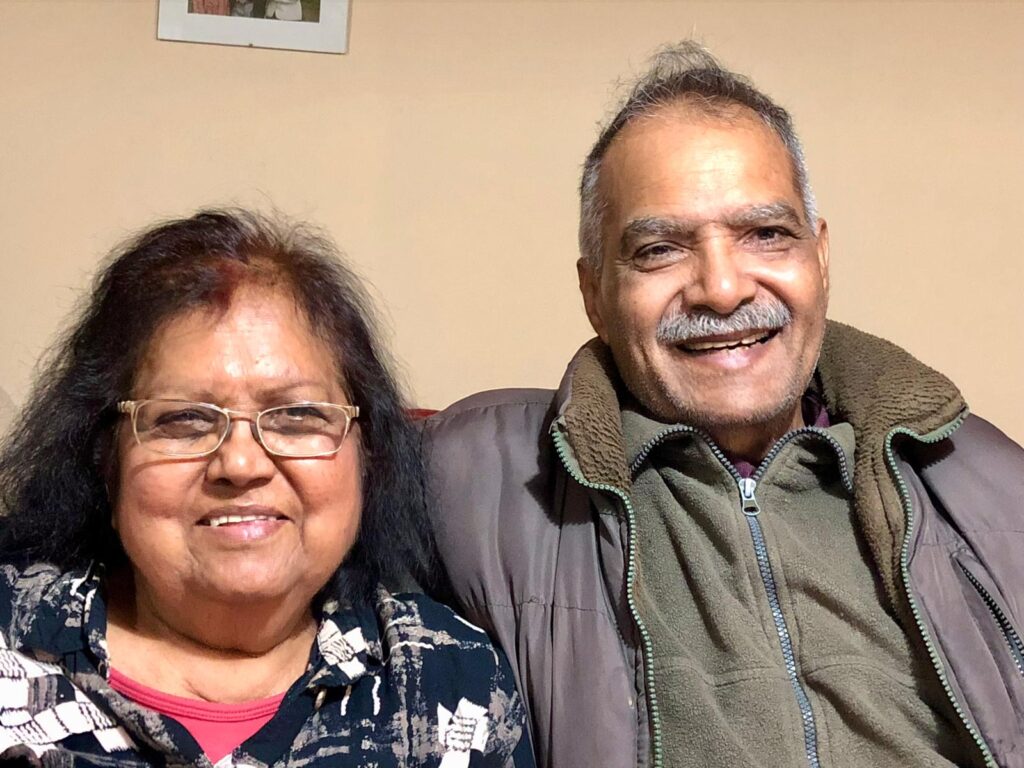
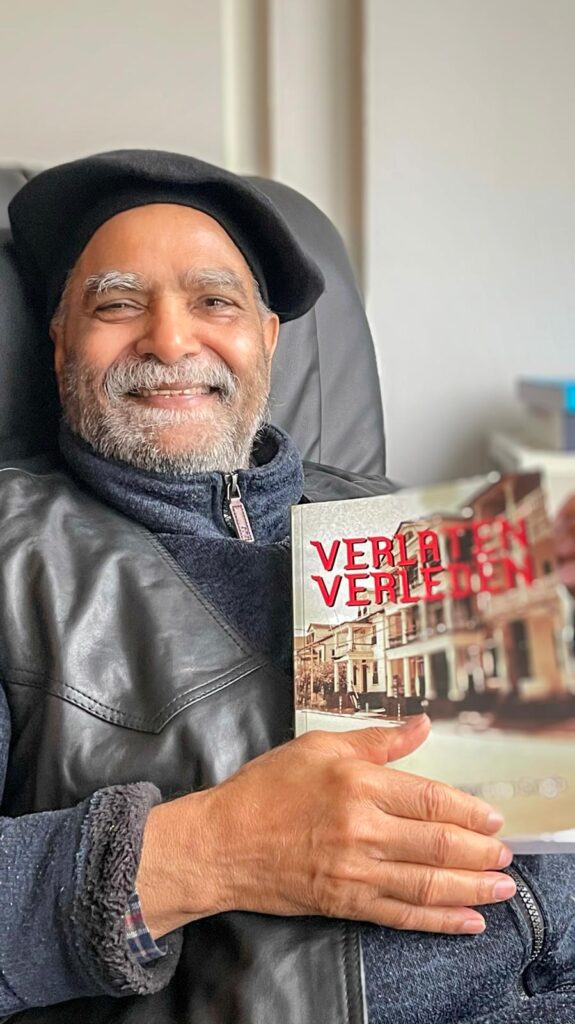
Blessings on This Historic Occasion
On this auspicious occasion, I extend my heartfelt blessings to the team behind GGLASC and the Mahavir Singh Memorial Trust for their dedication and perseverance in making this initiative a reality. May this center flourish as a lighthouse of knowledge, guiding individuals in their quest to uncover their roots and fostering a sense of belonging among the global Girmitiya community.
To all my fellow descendants of the Girmityas, let us honour our forebears by continuing their legacy of resilience, unity, and cultural pride. May we find strength in our shared histories and inspiration in our collective aspirations. May GGLASC serve as a bridge connecting past, present, and future generations, ensuring that the Girmitiya story remains a vibrant and integral part of world history.
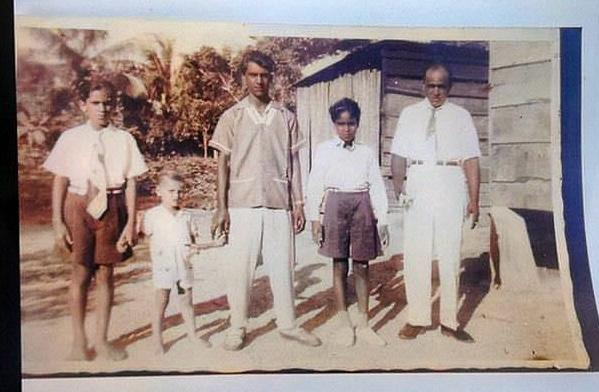
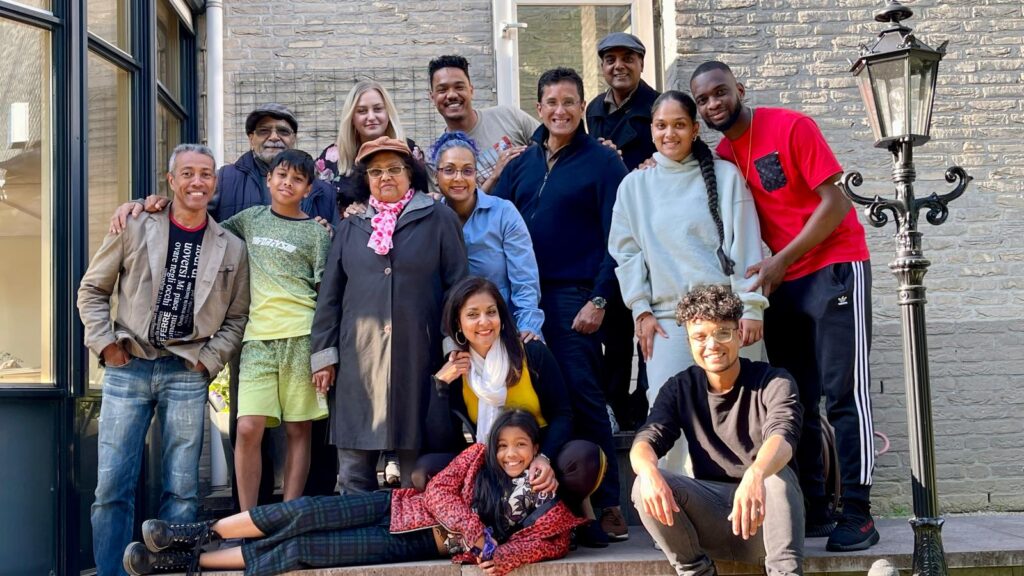
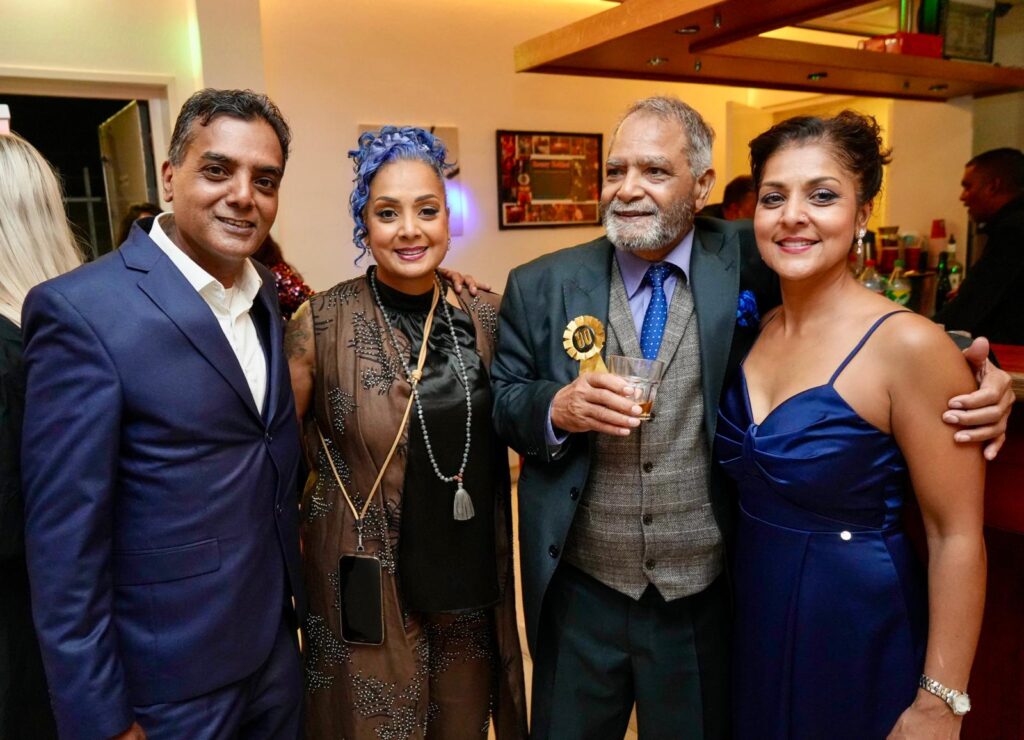
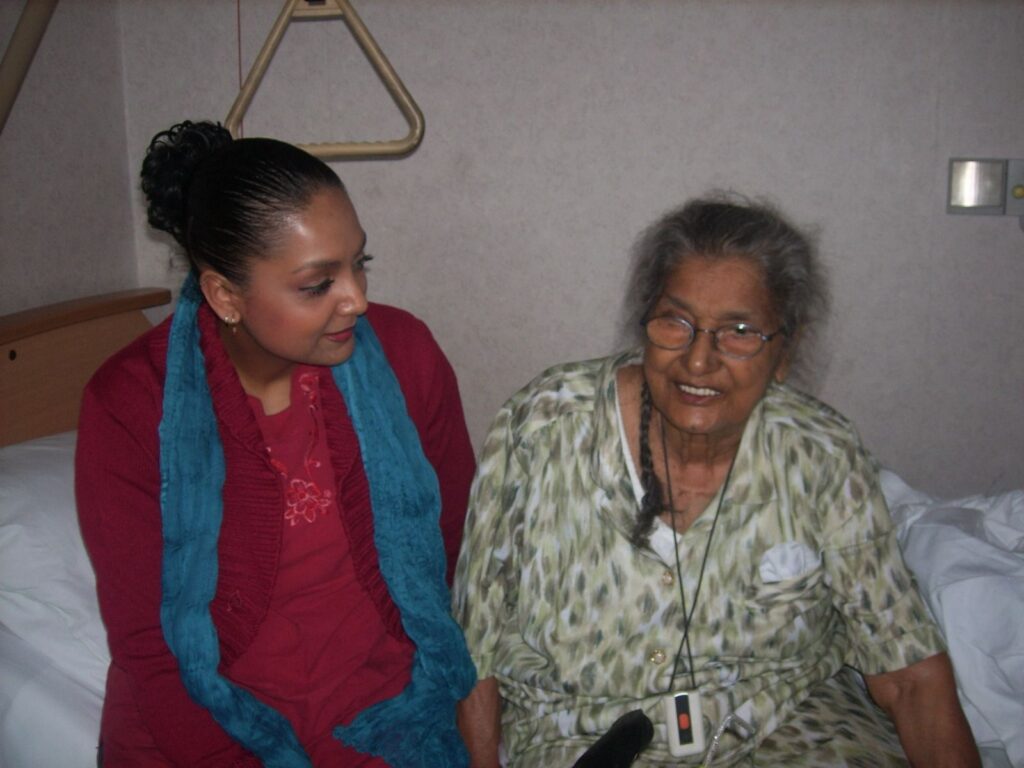
Conclusion
As we celebrate the launch of GGLASC, let us reaffirm our commitment to preserving our heritage, supporting scholarly endeavors, and fostering global solidarity among the descendants of indentured laborers. This is not just an academic initiative; it is a moral imperative to give voice to those who endured unimaginable hardships in pursuit of dignity and survival.
May the Global Girmitya Lineage Archive & Searching Centre in Madhubani, Bihar, stand as a testament to the enduring spirit of the Girmityas. May it illuminate the paths of many who seek to understand their histories and embrace their identities with pride.
Finally. From the first day of my arrival in Bishanpur at the home of Commissioner Binod Kumar Singh, son of Mahavir Singh, I have been received very warmly and very respectfully. That alone gave me the feeling that I arrived home. With the broad social network of Shree Binod Kumar Singh and his son Chandan Kumar Singh, I have strengthened my belief that the mission of the GGLASC will be successful. The mother of the house Srimati Kavita Singh has made sure that my care has been lacking in everything.
Jai Girmitiya, Jai Hind. Blessings of Jai Mithali Earth Mata
Dr Shardhanand Harinandansingh
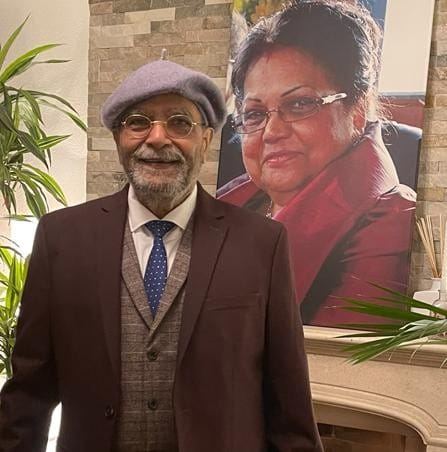
He was born in 1944 as the third generation of the Girmitya Kishundayalsing Harnandan Singh in the district of Saramacca Suriname. After his teaching training, he left for the Netherlands in 1957, together with his wife, Pramila H Singh, to study at university. There, he learned as a working student of Pedagogical Sciences at the University of Utrecht, Social Change Expert at the University of Leiden and Social Psychiatry at the Erasmus University Rotterdam. He has worked as a school leader, a senior civil servant as an educational consultant, and a lecturer in the Rotterdam Academy of Applied Sciences. After a serious car accident, he ended up in a wheelchair for a long time, then studied Ayurvedic medicine and worked as an Ayurvedic practitioner in the Netherlands and Suriname until his retirement. He is a widower and father of 3 adult children and five grandchildren. As a volunteer, he has studied and researched transnational migration issues and the integration of citizens in a multi-ethnic society from 1974 to the present. He has been intensively involved in matters concerning the global girmityas cases for the last 10 years. His books Abandoned Past (1921), Homogeneity in Multiculturality, RSI Prevention, and Healing with Ayurveda have been widely read. He is an essayist and columnist and is actively involved in protecting the democratic legal order.









